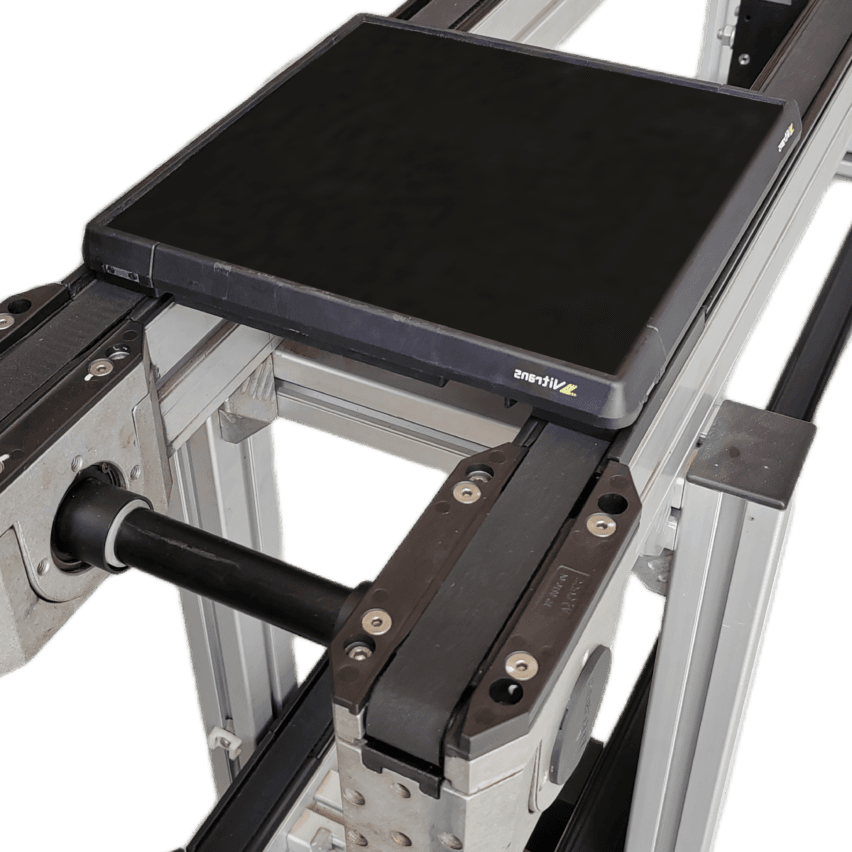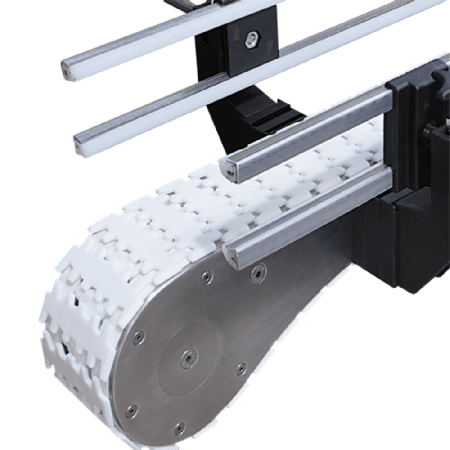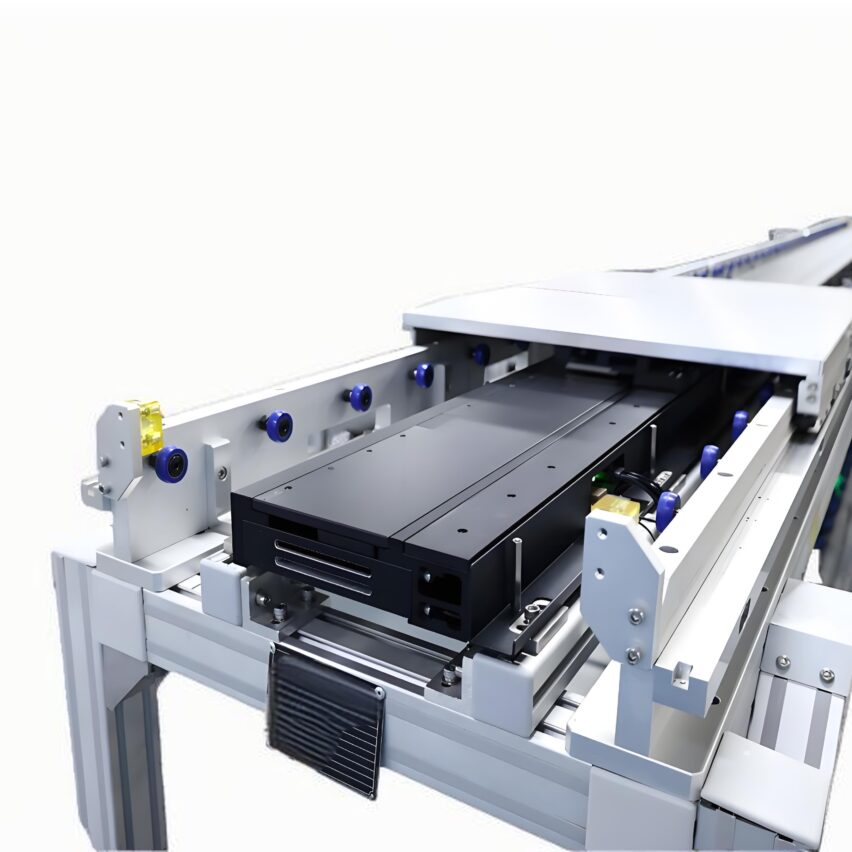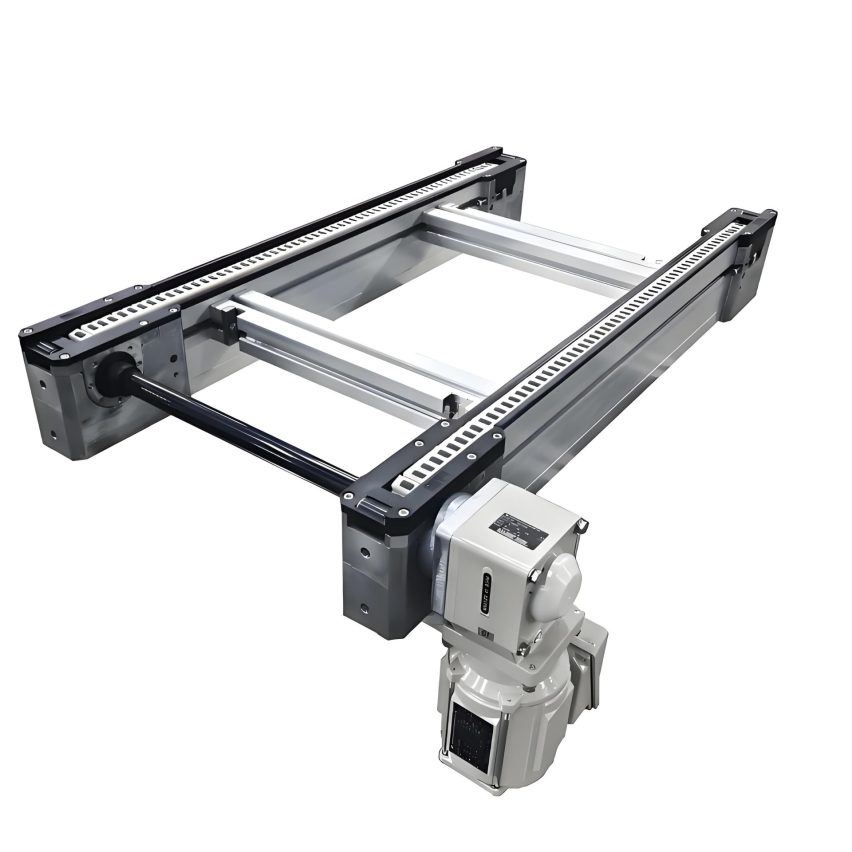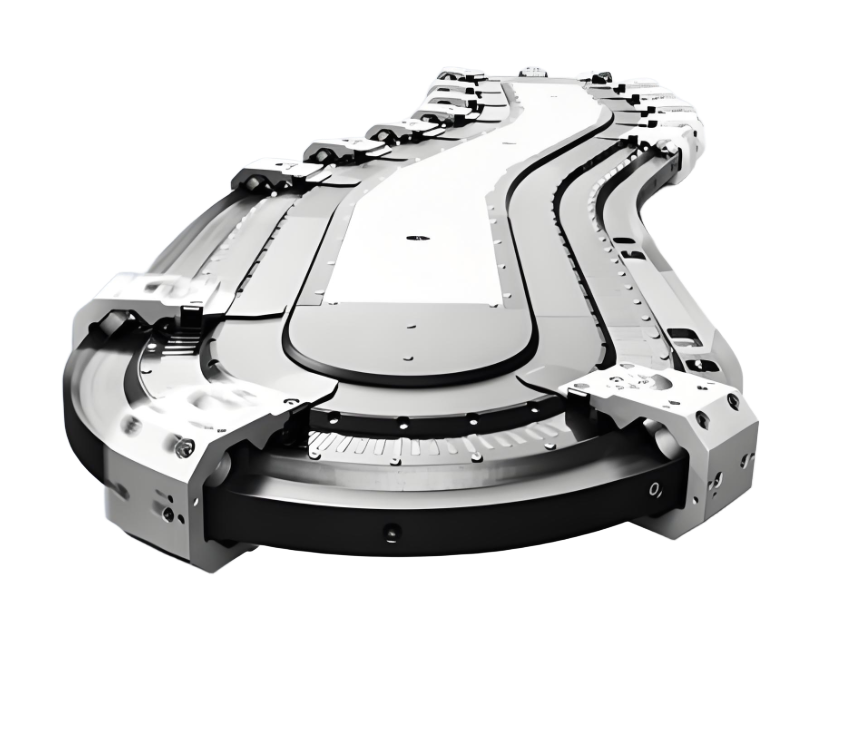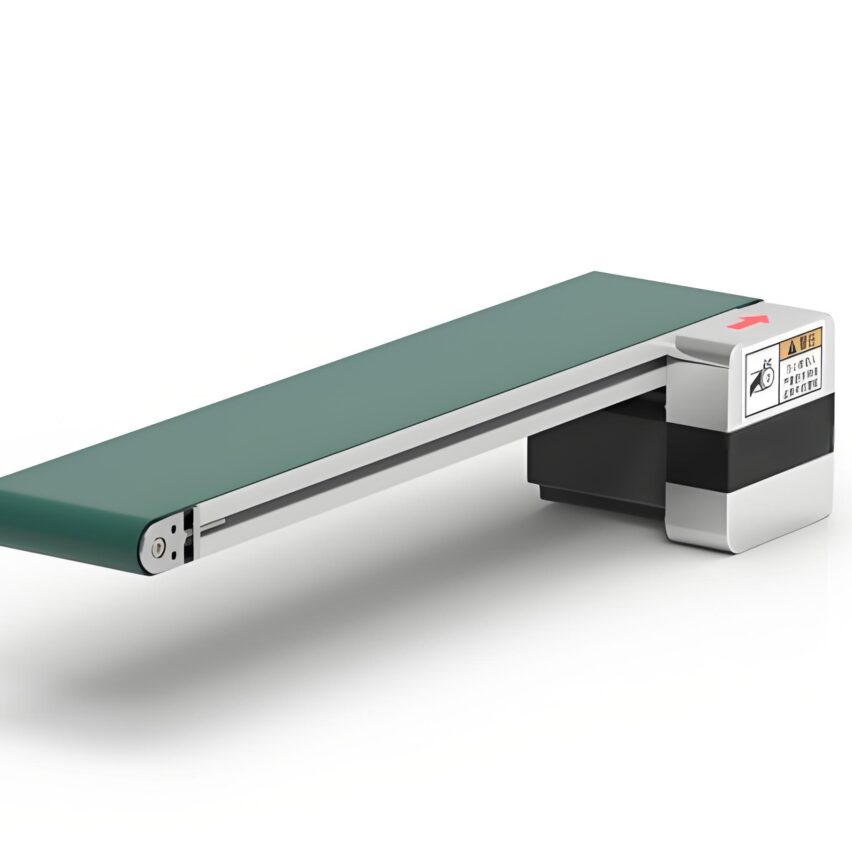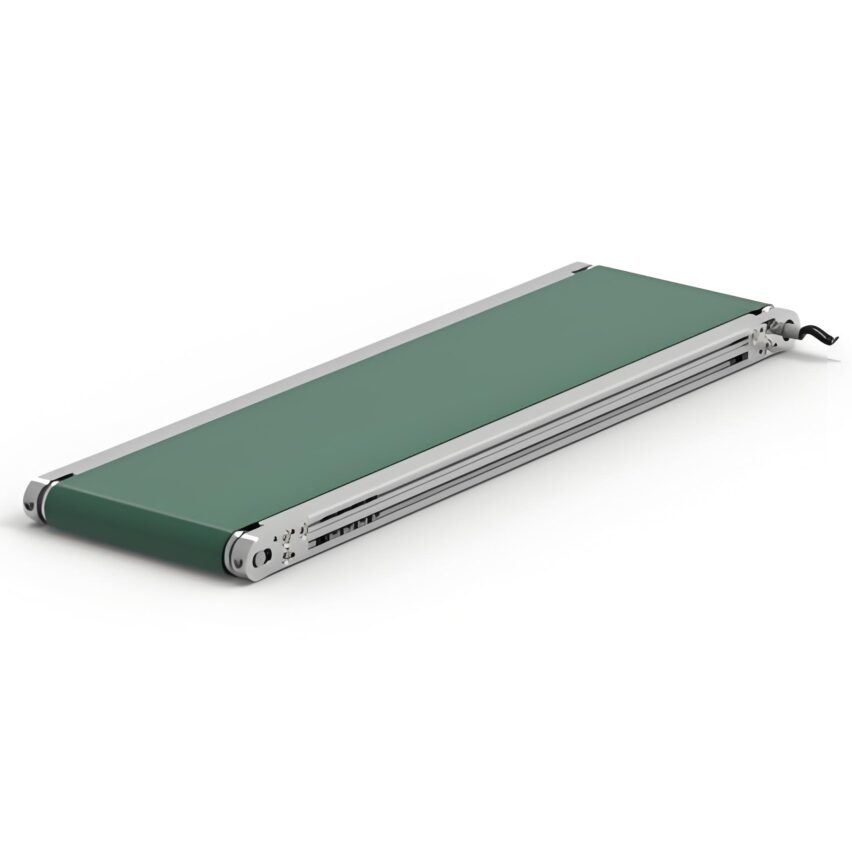Scenario pain points::
An electronics factory assembly line, workers frequently wait for the material flow, the traditional conveyor belt speed is fixed, resulting in the front section of the pile, the rear section of the idle, the daily production capacity is stuck in 8000 pieces difficult to break through ......
Core issues::
"Slow assembly line = overall inefficiency?" Actually, the bottleneck isSynchronisation defects in conventional chains--When the pallet moves, all nodes must start and stop in unison, a deadlock that is broken by the "differential design" of the speed chain.
I. Scenario dismantling: how to "dynamically adjust the speed" of the speed chain?
case scenario::
When assembly takes 30 seconds at station A and only 15 seconds at station B:
- Conventional Chain: Worker at station B waits 15 seconds and the chain must be synchronised to the slowest station (30 seconds).
- Speed Chain Programme::
- acceleration segment: When the pallet enters the working area, the chain transports it quickly at 2 times the speed (e.g. 0.4 m/s).
- deceleration zone: Automatically reduces to 1x speed (0.2m/s) when it reaches the work station, workers pick and place materials accurately.
- in the end: Workers at B station do not have to wait, the chain flows continuously and the overall beat is compressed to 20 seconds.
schematic::
(Insert sketch here: dynamic path labelled "2X Acceleration Area → 1X Work Area → Return Channel")
II. Key to selection: 3 types of scenarios matching programme
- Electronic assembly line(Anti-static requirements) → Aluminium alloy speed chain + conductive wheel design
- Automotive welding workshop(Heavy-duty scenario) → Double-row roller chain + reinforced guide rail
- Food Packaging Line(Cleaning requirements) → Stainless steel chain plate + self-lubricating bearings
Tips for avoiding the pit::
- Speed does not mean the faster the better! You need to calculate the "acceleration/deceleration section length" to match the station spacing.
- Noise problem: Adding nylon spacers can reduce noise by 15dB.
Third, the landing effect: a home appliance factory transformation data
| norm | pre-conversion | Speed Chain Programme | Enhancement |
|---|---|---|---|
| daily production capacity | 8000 units | 12,000 units | +50% |
| Line length | 28 metres | 22 metres | -21% |
| Number of malfunction stoppages | 3 times/shift | 0.5 times/shift | -83% |
users' original words::
"The original is always worried about the back section of the pile of material, now the chain itself 'gasping for air to run', the rhythm of the workers, on the contrary, more stable."
Extended Thinking::
If your production line has the problem of "alternating fast and slow workstations and insufficient return space", the "variable speed + accumulation" feature of the speed chain may be the breakthrough point.
(Note: the entire text avoids prohibited words such as "state-of-the-art" and "absolute", and replaces subjective expressions with measured data).


